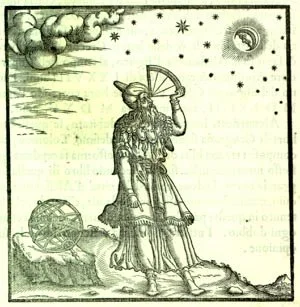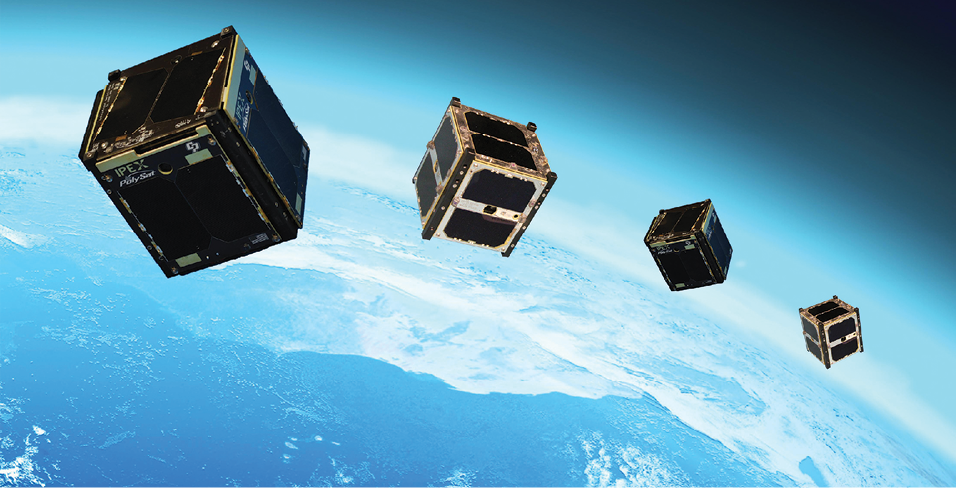Lost in Space-Based Navigation
Corinne Moore,
Technical Business Development Associate
3 minute read
Finding one’s way in the world, both philosophically and literally, is an enormous and emotional undertaking. One of the very first questions we ask young children is, “What do you want to be when you grow up?” Once we get older, the stakes get much higher: choosing an education or career path, choosing a partner, starting a family, or trying to find free parking in Houston. We may not know the direction we need to (or should) go, and there’s always the unexpected to contend with, but still a choice must be made because progress never comes from standing still. The future waits for no one.
A fond memory of mine is from my early college years when I had to drive to an unfamiliar side of Houston for a job interview. My phone died, I had no charger, and I somehow had to find my way home. After an allowable amount of panicking and a tiny fit, I realized that I had everything I needed to at least get the direction correct: the sun. I thought it through. With it being the late afternoon, if I drove away from the sun, that would take me East and homeward. While it certainly wasn’t a direct route, and I got a very scenic view of the long way ‘round, I did eventually find my way home (and remembered my charger the next time).
Ptolemy on Astrology (Giordano Ziletti, 1569)
Early humans found their way in a similar fashion, albeit without the Fiat I had at my disposal: using landmarks, heavenly bodies, and smoke signals. During the day, the closest star, our Sun, makes for an excellent reference point as it always rises to the East and sets in the West. When it was time to bring the Apollo 13 astronauts back, due to views being obstructed by debris from their craft, the Sun had to become the main point of reference as it was the only clear bearing for their final burn home. Primitive star guidance can be traced all the way back to early sailors navigating the open ocean, who stayed on course by comparing the angular measurement between celestial bodies and the visible horizon. The locations of certain constellations do change throughout the seasons, making the majority of reference points a moving target. One exception to this is Polaris, the North Star, which is seen due North and can be located in direct relation to Ursa Major (The Big Dipper), Ursa Minor (The Little Dipper), and Cassiopeia.
These days, finding one’s way is as simple as turning on the maps app on our phones. You might be thinking at this point, “So? How does this apply to space at all? You got lost on the ground!” To that I say, yes, but what if I had been lost in more directions than north, south, east, and west? Frankly, I’d probably still be lost, but there are many technologies that allow one to navigate in and out of Earth’s orbit. One such technology is the star tracker, a device small enough to fit inside a CubeSat, but powerful enough to provide guidance in space with the stars as your landmark. Using a library of star maps, a star tracker takes photos of the surrounding stars and compares them to those maps, allowing the user to see exactly where a spacecraft is in relation to constellations or patterns of stars.
Cubesat Star Tracker (NASA, 2019)
Space navigation heavily relies on ground-based tracking, control center commanding, and a fleet of satellites orbiting the Earth. If these satellites were to be damaged, that would directly interfere with their capability to determine position and trajectory for a spacecraft, potentially careening into other satellites. This presents the problem KMI is seeking to solve, of preventing orbital collisions by reaching, rendezvousing, and retrieving uncontrolled objects. These objects are often then referred to as orbital debris, which is a constant and growing threat to all satellites. A collision of any of these objects, at speeds greater than 17,000mph, would result in additional debris, creating an exponential domino effect of damage. KMI’s goal of keeping space clear for all is a vital aspect in ensuring our sailors of the stars are not lost in the sea of space.
Recommended column to read next: Traveling to Another Star




